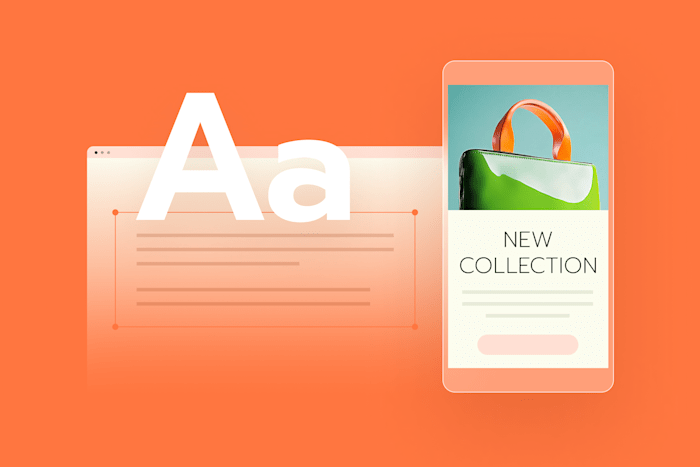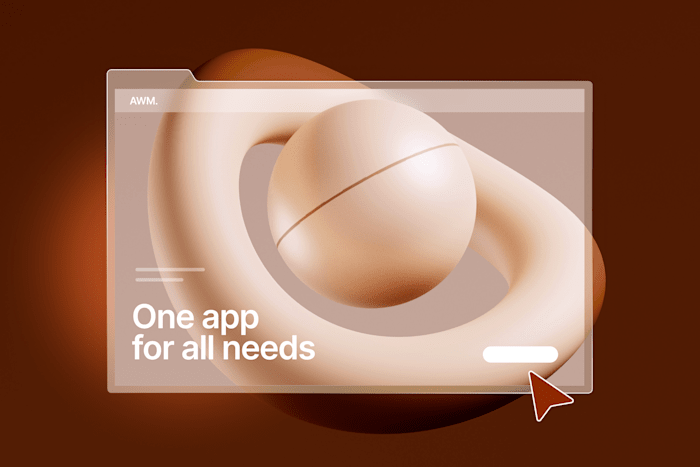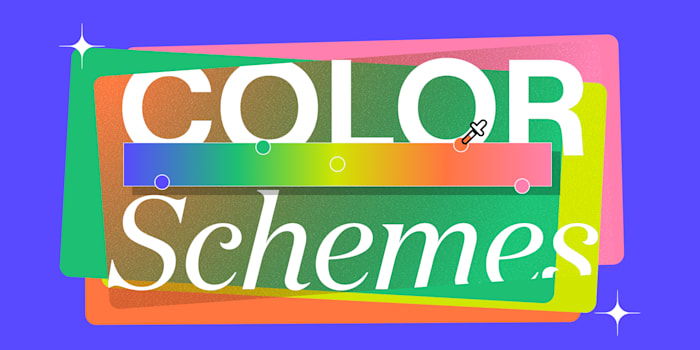Brand Messaging: What is it and How to Craft One
Explore the brand messaging types that top businesses use to connect with customers and drive growth.
 June 23, 2025
June 23, 2025 8 minute reading
8 minute reading
When your business shares content on social media, how do you want it to be perceived? Do you want to come off as friendly? Funny? Helpful? Educational?
All of this is part of your branding strategy. Brand messaging focuses on how you communicate with your audience. And before you start creating content for your business, you need to create a framework that you can follow to make sure your brand voice is consistent.
Throughout this article, we’re going to talk more about what brand messaging is, why it matters, and how to craft your own.
What is brand messaging?
Brand messaging refers to the way that your business communicates with its target audience and customer base across all avenues—social media marketing, customer support, advertising, traditional marketing, etc.
But more than that, brand messaging is how you share your value proposition and why people should work with you. It tells your brand story and acts as a differentiator between you and your competitors.
Benefits of effective brand messaging
Why bother with a brand messaging strategy? If creating a voice for your business seems tedious and unnecessary, let’s look at some major benefits you can reap.
Helps customers understand your values
An effective brand messaging framework helps your company to infuse its tone of voice with its brand values. For example, if your company sells shoes made from recycled materials, with a portion of all proceeds going to a specific charity, some of your brand values are likely sustainability, environmental friendliness, and philanthropy.
Infusing your brand voice with those values (leaning on them as you create your marketing copy or any other direct customer correspondence) immediately helps your customers understand what’s important to you.
If you couldn’t tell, we were drawing inspiration from the shoe company TOMS with our example. And to show off their brand values, you’ll consistently see the brand posting marketing content like this:
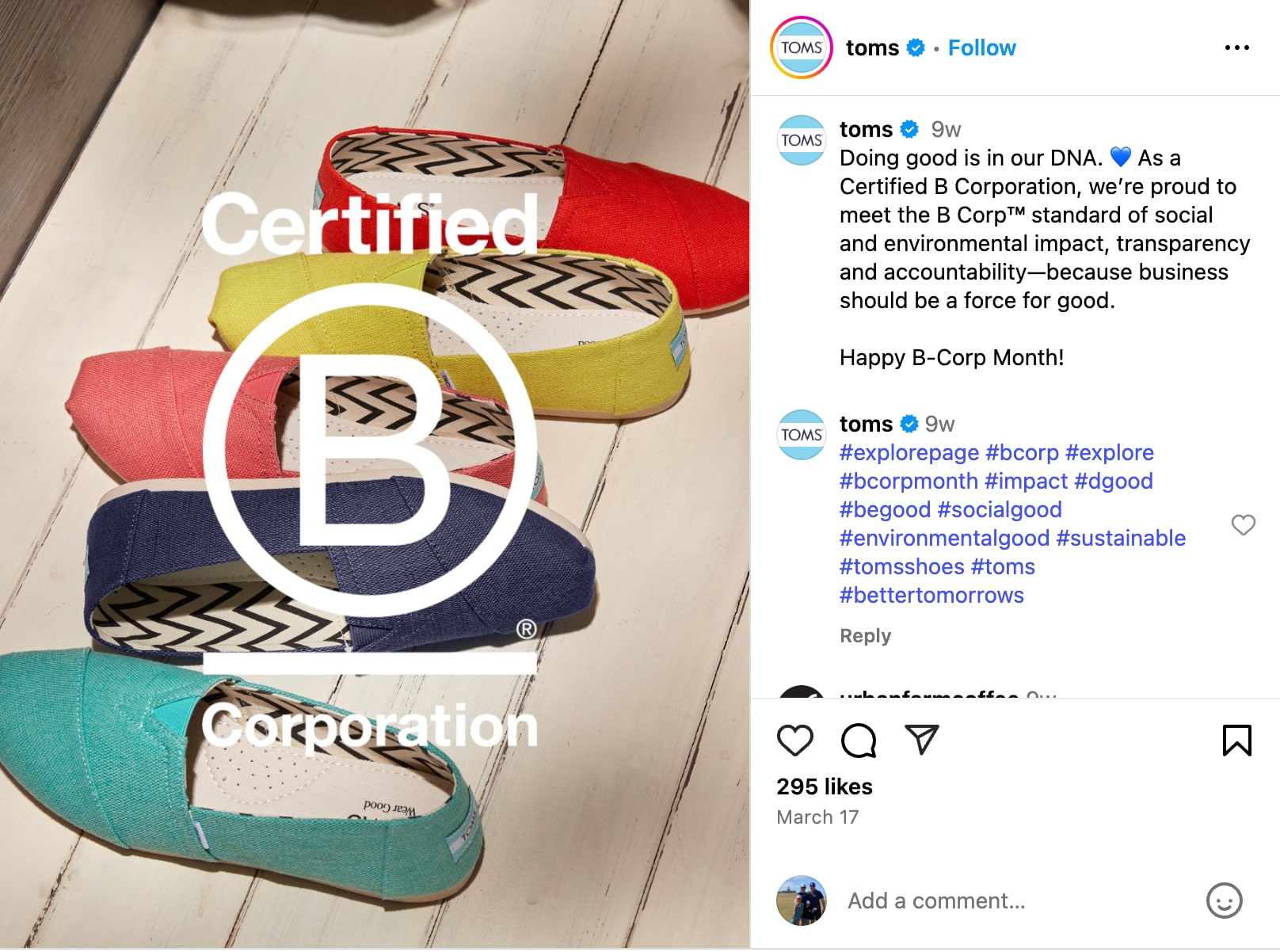
When your customers are able to understand your brand’s values and mission statement by reading your content, they start to build trust in your brand and feel better about working with you. Trust is important in a customer-company relationship and helps you build a more loyal customer base.
Makes your brand memorable
Your brand messaging also helps make your brand more memorable. Because while your brand should incorporate your values into the way it speaks, it also gives you a chance to put together a unique tone of voice.
For example, the skincare company Frank Body has long been known for its unique brand voice, which helps it stand out from the competition. The brand speaks in the first person, creating a memorable brand messaging strategy that sticks with its potential customers.
Figure out how you can create a unique and memorable brand experience so you stick in your target audience’s mind.
Influences public relations
Your brand messaging is the cornerstone of how your brand is perceived by others. This means it influences your public relations and how people feel about your company. You want to ensure your overall PR has a positive sentiment, and you can do that by creating a fun, upbeat messaging strategy.
Duolingo offers a great example. The company uses an outrageous brand persona that gets people talking and shapes its public image. Earlier this year, Duolingo staged a viral stunt where it “killed off” its mascot Duo, only to later reveal the entire thing was a hoax through a playful video.
This kind of bold messaging keeps the brand in the spotlight, draws in its target audience, and builds even greater brand awareness.
Types of brand messaging
There are several different types of brand messaging to keep in mind as you craft your strategy. Each of these types plays a part in how your brand is perceived, so you’ll want to consider each of them as you infuse your messaging into your marketing strategy.
The different types include:
Value proposition messaging: This helps you communicate why your customers should buy your product—your brand’s unique selling point. Why should they choose you over your competitors? And why do they need your product in the first place?
Emotional messaging: Create messaging that makes your audience feel some kind of emotion, whether it’s happiness, sadness, or even anger, and uses that emotion to compel them to take action.
Purpose-driven messaging: What is your brand’s purpose or mission? Incorporate that purpose into your marketing campaign’s messaging so your customers know what your brand is about.
Problem-solution messaging: This type of messaging highlights your customer’s problem, then showcases how your product or service is the solution.
Feature-benefit messaging: This type of messaging dives into all of your product’s features and the benefits each one offers your customers.
Storytelling messaging: Tell the story behind your company, sharing details like how it came to be and why. Storytelling can humanize your brand, increasing trust with your target customer and the chances they want to work with you.
Social proof messaging: Social proof messaging incorporates things like customer reviews, testimonials, and case studies into your marketing materials. It showcases to your audience that others are happy with your business, lending more credibility to your product or service.
You can incorporate as many different types of brand messaging into your strategy as you want. Each has its own use case and appeal to customers. Consider testing different types of marketing messages to see which resonates best with your audience.
Hire an expert designer for your brand identity on Fiverr
How to craft your brand messaging
Ready to start crafting a strong brand messaging strategy? Follow along with these five steps to get started.
1. Define your brand’s personality
First things first, you need to outline your brand’s personality. How do you want your business to express itself? What persona do you want to assign to your brand?
Here are some questions to consider as you define your brand personality:
What characteristics or traits would you associate with your brand?
What makes your brand unique in the market?
What are your brand’s core values?
Are there any characters or personas you’d compare your brand to?
How do you want your brand to be remembered?
What kinds of feelings do you want your brand to elicit from your audience?
To assign your brand personality, come up with some personality traits that you’d like people to associate with your brand. For example, some common brand personality traits are:
Friendly
Funny
Sincere
Rugged
Knowledgeable
Peppy
Sophisticated
Choose a couple of personality traits for your brand and keep them in mind as you craft your messaging.
2. Know your target audience
Next, you need to have a keen understanding of who your target audience is. If you’re targeting an older demographic, a more playful approach to your marketing messaging isn’t going to resonate as well as it would if you were targeting younger customers.
To learn more about who your target audience is, you can use a few tactics:
Work with a market research firm to conduct in-depth research like surveys, interviews, focus groups, etc.
Send out your own simple customer surveys.
Use social listening tools to see what your audience is talking about online.
Analyze your competitors’ online presence to see who they target.
Read reports on the state of your industry.
From there, craft a buyer persona that outlines exactly who you’re targeting so that you know what key messages will resonate best.
3. Develop your brand’s voice
After you have your customer persona and your brand personality outlined, it’s time to develop a tone of voice for your external brand messaging. Your brand’s voice is how you convey your brand’s personality. You turn those personality traits into content, sharing your core message in a way that your target audience can relate to.
Here are a couple of examples:
If your brand personality is friendly, your tone of voice might be down-to-earth, happy, or upbeat.
If your brand personality is funny, your tone of voice might be sarcastic or silly.
If your brand personality is sophisticated, your tone of voice might be professional, formal, or dry.
Successful brand messaging makes it easy for your audience to understand your brand’s personality through its voice. Your marketing efforts should incorporate that tone of voice into every piece of content that it shares.
This means your blog content, website copy, social media captions, and even customer support voice should all represent your brand’s personality and tone of voice.
4. Create your brand’s message
Once you have an idea of how you plan to speak to your audience, it’s time to create your brand’s message. Start by creating a single tagline or sentence that clearly outlines your unique value proposition, your company’s values, or how you solve your customers’ pain points. Think of this as a quick, one-line elevator pitch, if you will.
Let’s look at a few examples of successful brand messages:
Nike – “Just Do It”: Nike’s actionable tagline does a great job of representing its fitness products and crafting a motivational brand image.
L'Oréal – “Because You're Worth It”: This message empowers L’Oréal’s target audience by reinforcing the importance of self-worth and self-care.
Mastercard – “There Are Some Things Money Can't Buy. For Everything Else, There's Mastercard”: This brand message shows that the finance brand values non-material things while highlighting their product's convenience.
Subway – “Eat Fresh”: This tagline emphasizes the fresh ingredients Subway uses in its sandwiches. The brand also turned it into a jingle, helping boost awareness when it gets stuck in its audience’s head.
How can you put what your business has to offer within a single brand positioning statement? Here are a few tips:
Think about your key differentiators, or what makes your brand stand out.
Incorporate your brand promise so your audience knows what you’re about.
Use verbiage that will make your audience want to take action.
Make sure it matches your brand personality and voice.
Once you have your brand positioning statement, you can use that to inform the rest of your marketing messaging. For instance, because Subway focuses on its fresh ingredients, it knows to center its marketing around that value proposition.
Find a branding strategy specialist for hire
5. Set and share communication guidelines
Settle on a tagline or brand message that represents your small business well. Then cement it into your brand style guide and documentation so that your team has guidelines to follow when creating public-facing marketing content.
Having documented brand guidelines helps provide a template for all brand communications. Outline details like:
Your brand’s personality traits.
Your tone of voice.
Examples of how your voice should and should not be used.
Your tagline/messaging statement.
Examples of marketing content that aligns with your message.
Make sure these guidelines are accessible for all teams that communicate with customers. This includes marketing, sales, and customer support.
Examples of brand messaging
Let’s look at a few brand messaging examples in action so you can see how to take the work you’ve done to articulate your messaging strategy and put it into play.
Everlane
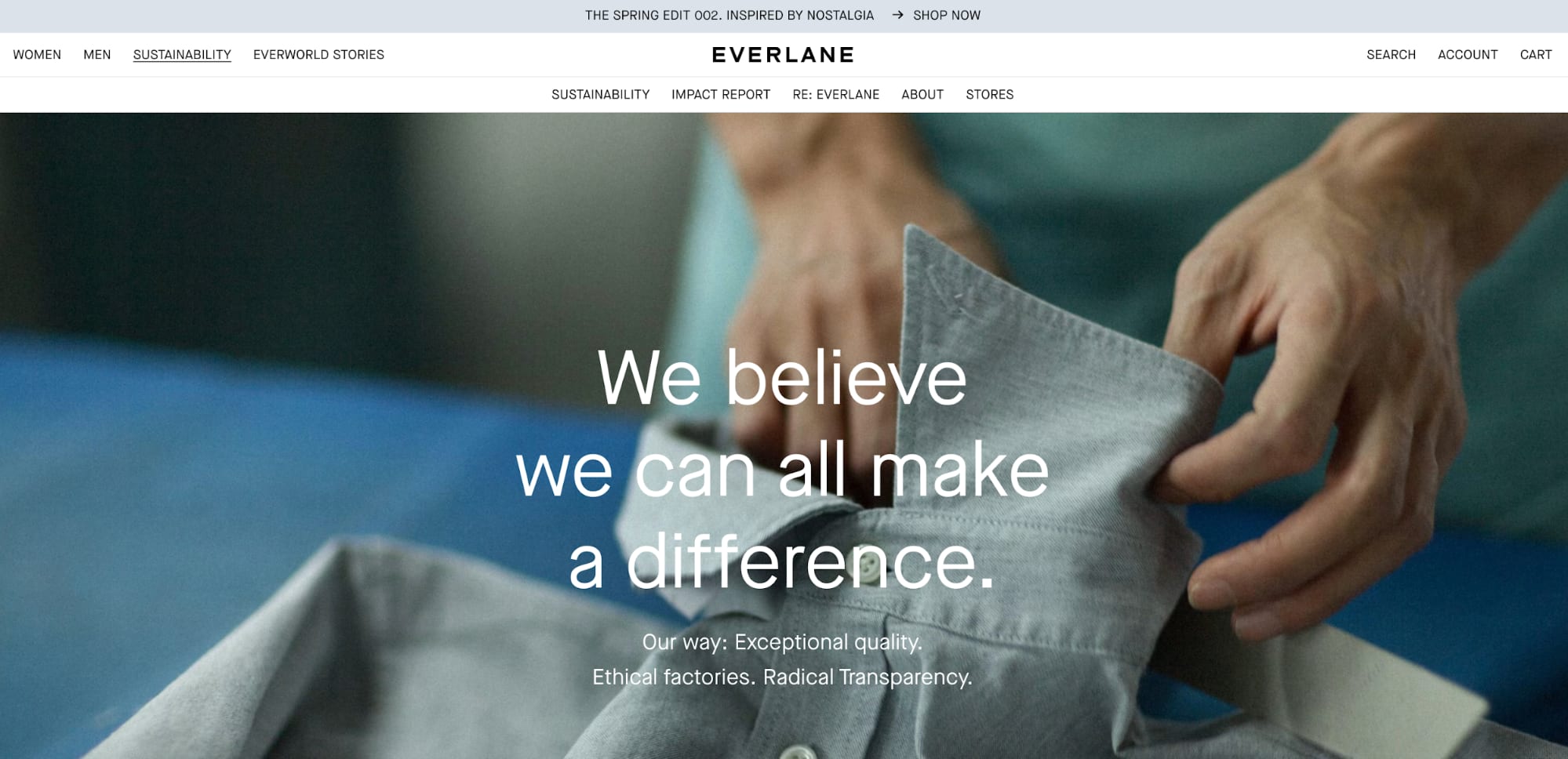
Everlane
Everlane is a clothing store that focuses on sustainability as a part of its brand identity and mission. In fact, one of its major taglines is “Radical Transparency,” meaning that the brand is open about the factories, suppliers, and other partners that it uses to create, distribute, and sell its products.
The brand pulls this company mission into all of its marketing messaging, ensuring that its customer base is well aware of its sustainability initiatives.
Here’s an example of one of the brand’s social media posts solidifying this messaging:

Everlane is all about creating high-quality clothing as ethically as possible, and it illustrates this through its marketing messaging across the brand’s website, social media, and other channels.
Zapier
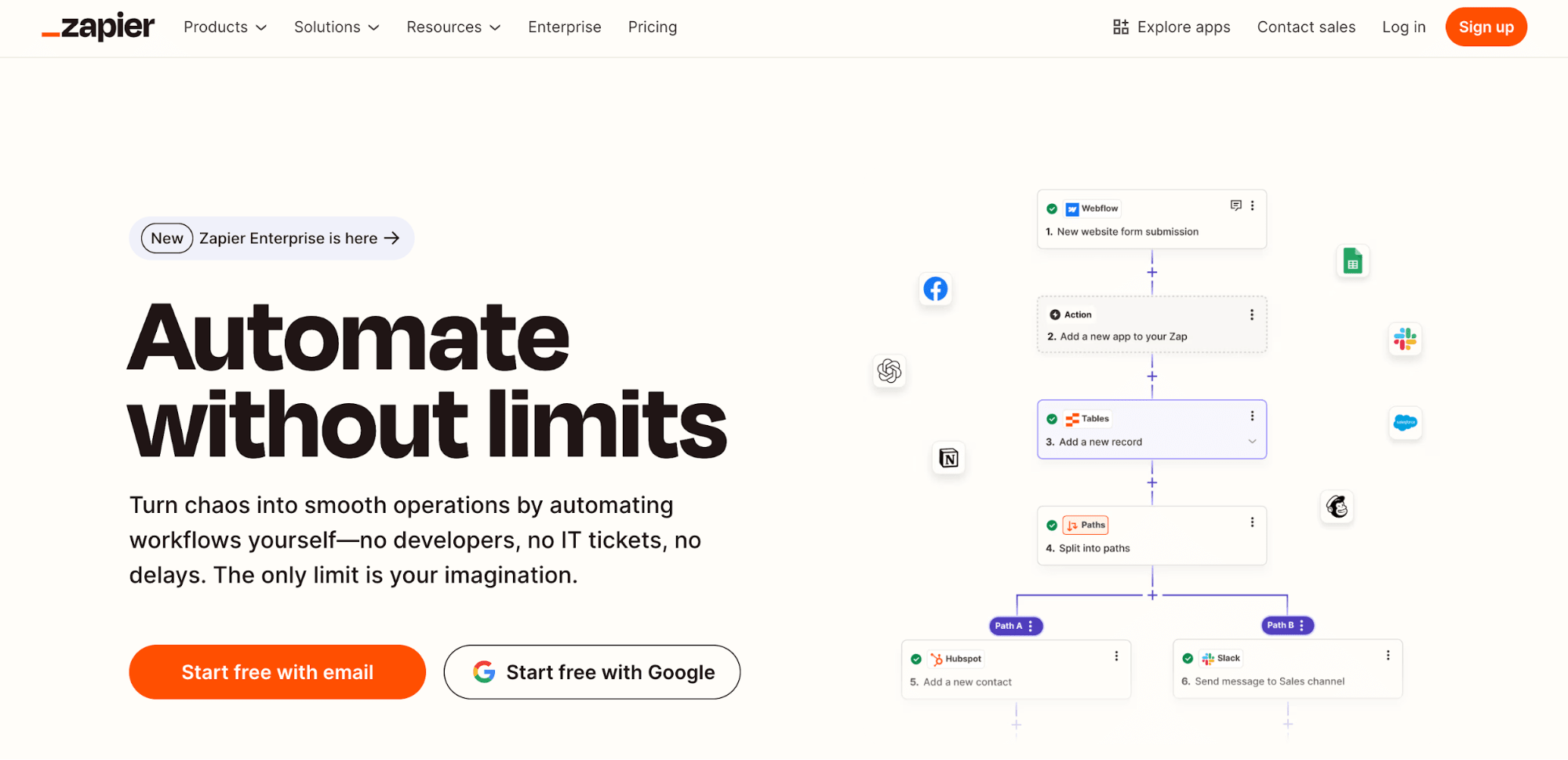
Zapier
Zapier is a software company that focuses on helping brands automate different processes by creating connections between tools. Its tagline is “automate without limits,” and the brand focuses on messaging about making work easier.
We can see this illustrated in Zapier’s marketing content as well. This recent LinkedIn post sharing details of a new Zapier feature uses perfect copy to convey the tool’s main message: “Automate Smarter, Not Harder.”

MoonPie
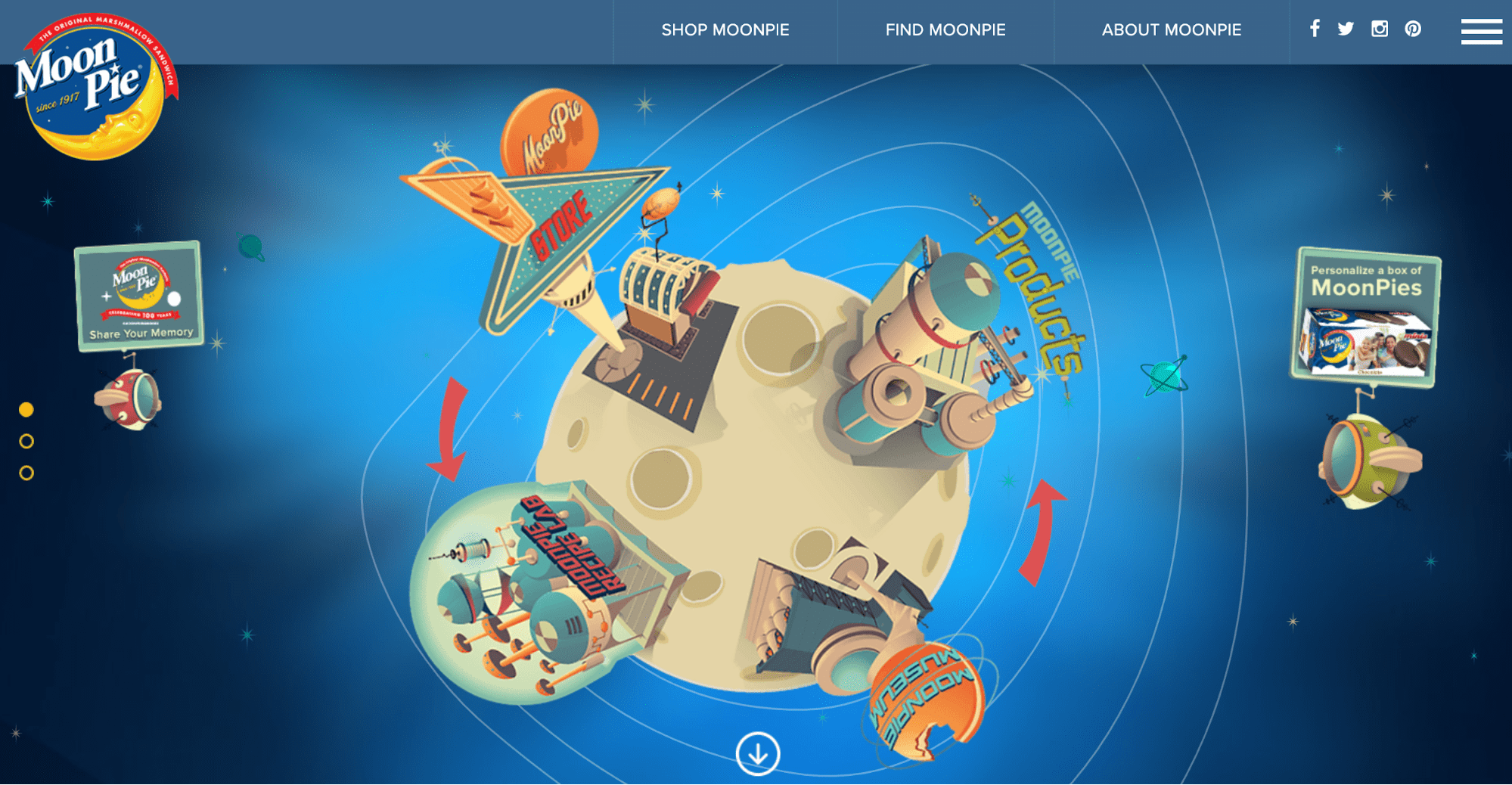
MoonPie
Baked good brand MoonPie uses fun and entertaining marketing messaging to promote its products. With the tagline “Outta this world,” representing the “Moon” in its name, the overall messaging always tends to relate back to space or its namesake.
The brand also loves to poke fun at the sun, as we can see in this humorous X/Twitter post:
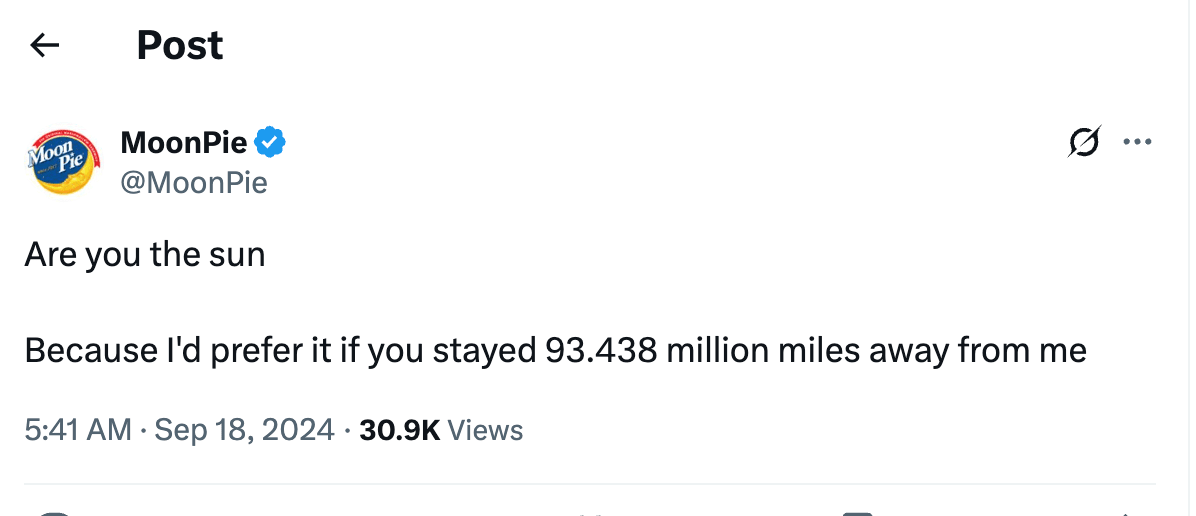
MoonPie X account
It also plays on current events involving the moon, like 2024’s eclipse:

MoonPie X account
MoonPie’s marketing does a great job of showcasing how a brand can really have fun with its messaging while still staying true to itself.
Find a brand identity specialist for hire
Hire branding specialists on Fiverr
Put together your own brand messaging strategy so that your audience knows exactly what your company is about. Let branding specialists on Fiverr help you pinpoint your value proposition and positioning statement so you can center your marketing messaging around them.
Brand messaging FAQs
What is brand messaging?
Brand messaging is how a company communicates its mission and value proposition to its customers. Brand messaging helps a company stand out from the competition as well as make better connections with its customers.
What is an example of a brand message?
A brand message can be as simple as a tagline that encompasses what a company has to offer and helps provide a starting point for your messaging strategy. For example, Walmart’s tagline of “Save money. Live better,” highlights the brand’s emphasis on low prices for its customers.
What are the 3 C's of brand messaging?
The 3 C’s of brand messaging are:
Consistency: Your messaging should be consistent across the board—including on your website homepage, in your digital marketing strategy, and more.
Clarity: Create a clear and concise message that your customers can easily understand.
Character: Give your brand character by humanizing it through an empathetic brand message that your customers can relate to.
What is the difference between tagline and brand messaging?
A tagline is a single sentence that encapsulates what your company does, and it’s a great starting point for your brand messaging. But your brand messaging as a whole focuses more on the communication style you use to convey your mission and value proposition throughout all of your marketing communications.
